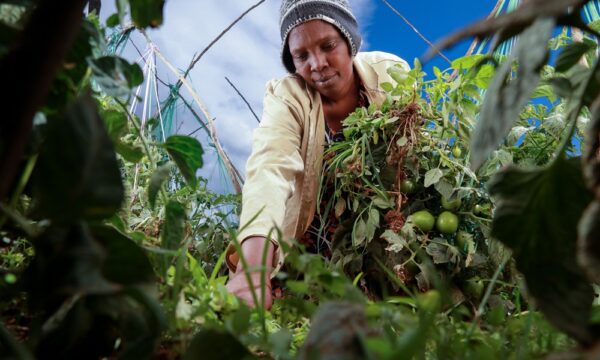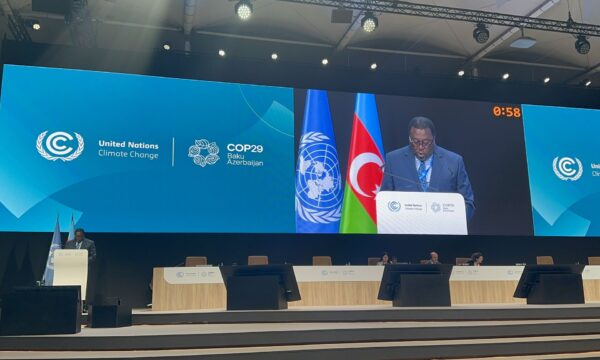The agricultural research drought – in need of a little climate change?
This morning, office banter here at CABI turned to the post 9/11 affliction
that affected newspaper and magazine columnists for many months, if not several
years, after the event. For quite some time it seemed almost impossible to read
a Sunday supplement without some hack, under pressure to sell advertising space,
relating the events of that day to whether grey was the new black, if school
league tables were good for children’s’ education, or if there were a lot of
pansies at the Chelsea
Flower Show that spring.
The phenomenon was also rumoured to have spread as far as research grant
application forms, along the lines of ‘post 9/11 the world is on high alert for
biological agents that could be used in acts of terrorism. It is therefore
imperative that we study the effects of….’ you know the sort of thing.
I don’t know if it’s just me, but climate change now seems to be the new
9/11.
This conversation sprang to mind again this afternoon, when one of this month’s
devastating natural disasters cropped up in a New
Scientist editorial this week – the issue (dated 17th May) which I
managed to surreptitiously redistribute to my desk this afternoon in time to
flick through with a nice cup of tea. ‘Burma shows we must invest in farming
science’1, pointed out that the country’s suffering in the wake of cyclone
Nargis can be partly attributed to the Burmese government’s ruthless
exploitation of high global rice prices2 to continue to make a killing on the
world market despite widespread starvation at home. The UN is understandably
concerned that providing food aid is going to be a costly exercise if farmers
cannot get back to their devastated fields in time to plant the next rice crop.
Added to this, explained New Scientist, is a woeful under investment
in the science and infrastructure of farming – not just in Burma, although this
is cited as an example, but all over the farming world. Since the leaps and
bounds of the 1960’s and ’70’s that generated grain surpluses, the author
implies that funding had all but dried up, though any subscriber to CAB
Abstracts or its comprehensive,
specialist datasets covering crop production or animal science would tell
you, this is not strictly true.
However, in the light of climate change, what we might see is, not a sudden
turnaround in the magnitude of the research spend, but more likely a change in
the direction the technology is heading…and with it the almost inevitable
wording of grant applications.
1‘Burma shows we must invest in farming science’. Editorial, New Scientist,
17th May 2008, p. 5.
2As fellow blogger Christina explained so clearly a few weeks ago.
Related News & Blogs
Biodiversity loss: How can we reclaim our landscapes from threats to biodiversity?
On 22nd May, we mark the International Day for Biological Diversity. In this article, CABI’s Global Director for Invasive Species Dr Hariet Hinz looks at how we can reclaim our landscapes from threats to biodiversity. Biodiversity loss is proceeding at…
22 May 2025





